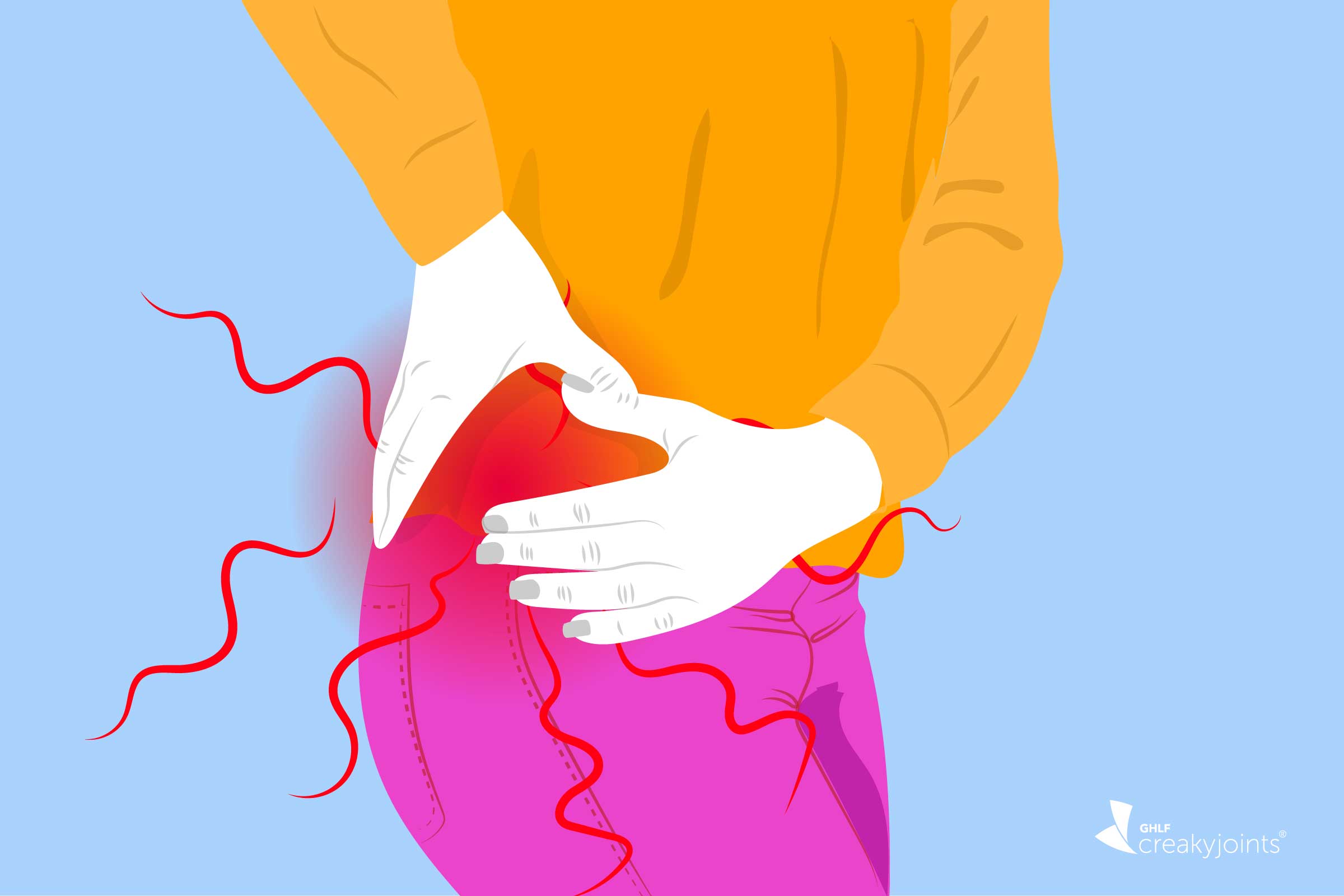
Introduction
Briefy explain to the patient what the examination involves
Ask the patient to remove their bottom clothing, exposing the hip
Offer the patient a chaperone, as necessary
Always start with inspection and proceed as below unless instructed otherwise; be prepared to be instructed to move on quickly to certain sections by the examiner.
Inspection
Introduce yourself to the patient
Wash your hands
Whilst the patient is standing:
Assess patient gait, such as
Trendelenburg gait
– caused by dysfunction of the hip abductors (gluteus medius and minimus), the patients contralateral hip drops when walking; the patient often offsets this by leaning their trunk toward the affected hip
Antalgic
– produced from weight bearing on painful leg, resulting in a shortened stance-phase and producing the characteristic ‘limping’ patient
Examine for quadriceps muscle bulk
Ask the patient to lie supine on the bed:
Assess for:
Skin changes (uncommon in primary hip pathology as the joint is deep)
Scars (indicative of previous surgery)
Swelling (also uncommon, as the joint is deep)
Measure leg length with a tape measure. This assesses whether there is an actual leg length discrepancy and whether there is any pelvic tilt present to compensate for this:
True leg length = ASIS to medial malleolus
Apparent leg length = pubic symphysis to medial malleolus
Palpate
Assess for temperature
Feel for trochanteric bursa tenderness
Palpate over the greater trochanter
Movement
All movements are passive when examining the hip, ensuring to note any pain, the range of motion, and any crepitus.
Abduction and adduction
Place one hand across the patient’s pelvis to ensure that the pelvis remains still and that the movement is coming from the hip joint and not the pelvis
Flexion and extension
Internal and external rotation (assessed with the hip flexed)
Special Tests
Thomas’ Test (assesses for fixed flexion deformity)
Have patient lying in the supine position, and place one hand underneath the patients lumbar spine to ensure loss of the lumbar lordosis
Fully flex the contralateral hip and observe the ipsilateral hip (i.e. the one that you are examining). Any flexion in this hip suggests a fixed flexion deformity. Repeat this test on both sides
Trendelenburg test (assesses abductor muscle function)*
Ask patient to place their hands on your outstretched hands (for stability) and ask them to stand on the leg that you are examining, lifting the contralateral leg off the ground (for 30 seconds).
Feel for a drop in the pelvis on the contralateral side. If there is abductor pathology (gluteus medius and minimus) on the side you are examining then the contralateral side (the normal side) will sag down (“Sound Side Sags”)

